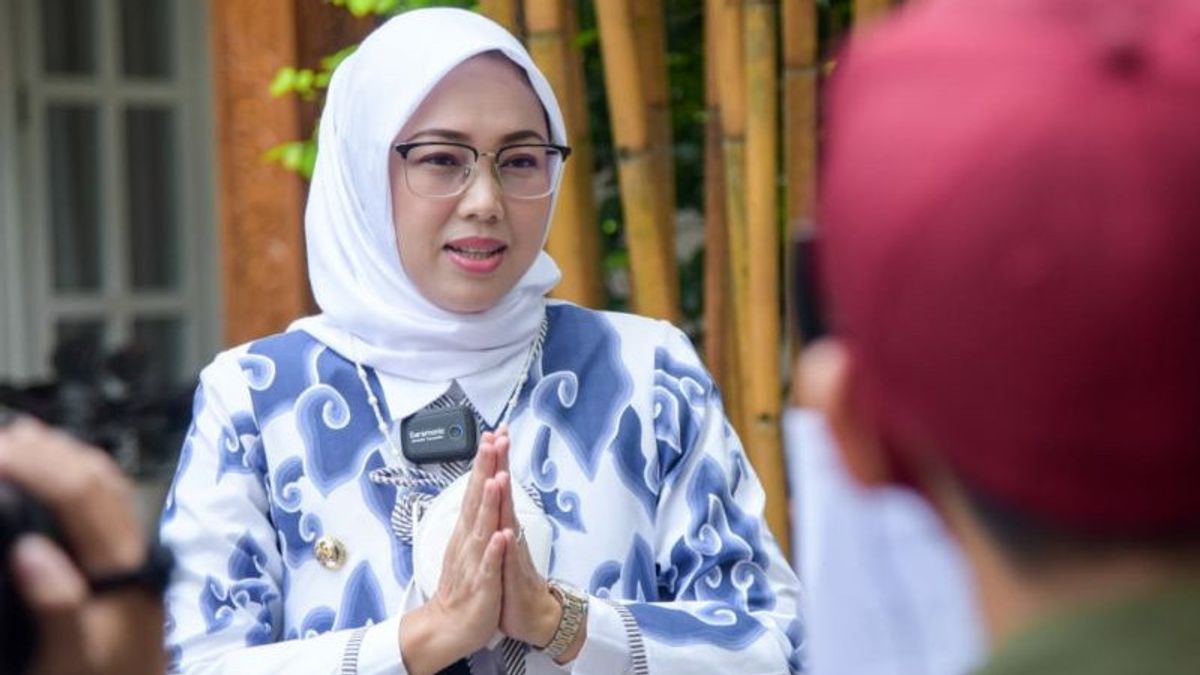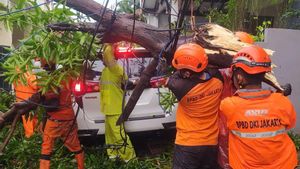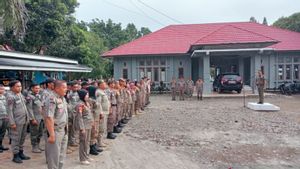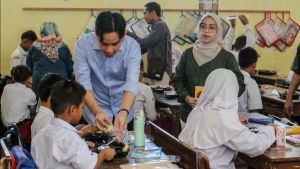PURWAKARTA - Purwakarta Regent Anne Ratna Mustika claimed that efforts to handle stunting cases in the area were quite smoothly marked by a decrease in cases.
In accordance with the 2021 Indonesian Nutrition Status Survey, the prevalence of stunting in Purwakarta has shown a significant decline, from 23.42 percent in 2019 to 20.6 percent in 2021.
The prevalence of stunting based on the results of the Balita Weighing Month in 2021 reached 5.8 percent and decreased in 2022 by three percent.
"Efforts to reduce stunting in Purwakarta so far have produced very optimal results," he said in Purwakarta, Antara, Wednesday, December 14.
"Until now, stunting is still a priority for problems that need to be handled where the government targets the prevalence of stunting reduction by 14 percent in 2024," he said again.
However, he admits that until now the reduction in stunting rates is still a problem that requires the participation of various components of society.
The Purwakarta Regency Government through related agencies continues to carry out specific targeted and intervention mapping to deal with various obstacles and problems that occur, related to efforts to reduce stunting rates.
He said stunting is a condition of failure to grow in children under five due to chronic malnutrition, especially in the first 1000 days of life.
Conditions of failure to grow in children under five are caused by a long lack of nutritional intake and repeated infections.
According to him, stunting reduction is important as early as possible to avoid long detrimental impacts, such as hampered child growth and development.
Therefore, stunting reduction requires integrated intervention, including specific nutrition interventions to address direct causes and sensitive nutrition interventions to address indirect causes.
In addition, a supporting prerequisite is needed which includes political commitments and policies for the implementation, involvement of the government and cross-sectoral and a comprehensive approach is needed, starting from the district level to the village.
The English, Chinese, Japanese, Arabic, and French versions are automatically generated by the AI. So there may still be inaccuracies in translating, please always see Indonesian as our main language. (system supported by DigitalSiber.id)
Most Popular Tags
#NCP #Hasto Kristiyanto #nataru #squid game 2Popular
05 Januari 2025, 10:15
05 Januari 2025, 08:02













